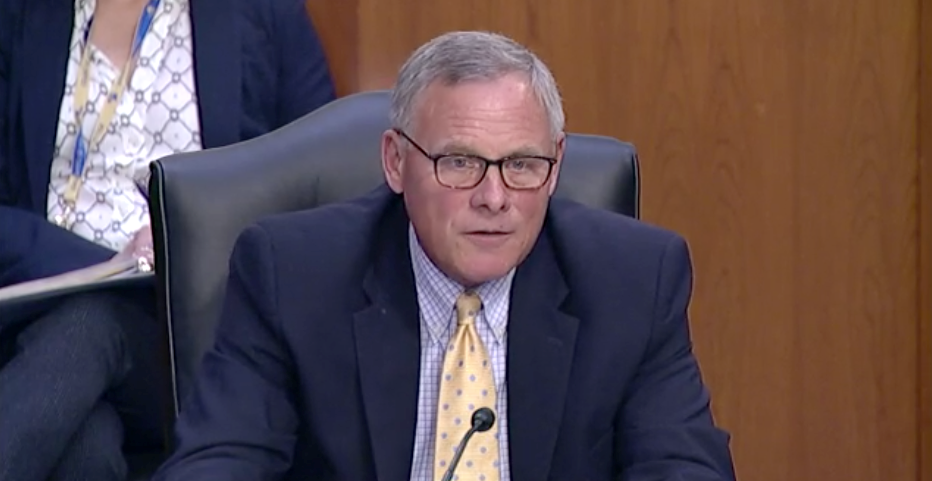Burr: Parent Choice, State Flexibility Paramount in Any Bipartisan Child Care Solution
Senate HELP Committee examines critical role of child care sector to American families
Today, the Senate Health, Education, Labor and Pensions (HELP) Committee held a hearing entitled, “Supporting Children, Workers, and Families by Strengthening America’s Child Care Sector.”
In his prepared opening remarks, Senate HELP Committee Ranking Member Richard Burr (R-NC) highlighted the critical role of child care providers to families across the nation, especially during the coronavirus pandemic when essential workers were vital to the nation’s response. Additionally, Ranking Member Burr underscored the importance of prioritizing parents’ choice and state flexibility in any meaningful, bipartisan child care solution.
WATCH: Ranking Member Burr delivers opening remarks before Committee hearing on strengthening the nation’s child care sector
Excerpts:
“Americans can’t work if they don’t have safe and reliable child care for their family.
“I hope rather than a partisan reconciliation process that you and I can listen to each other’s ideas and work together on meaningful legislation that stabilizes and strengthens child care and respects and honors parent choice in the care of their young children.
“I remain committed to seeking workable, bipartisan policy solutions on child care.
…
“I first want to highlight and thank child care providers as the one education sector than never abandoned working parents and their kids during COVID.
“Child care understood that, even in a pandemic, many jobs can’t be done remotely, and that parents have to have a safe and reliable place to leave their children so that they can work…
“While COVID stay-at-home orders forced many Americans to work from home, nurses, EMTs, firefighters, grocery store clerks, and all other essential workers had to be on time each and every day and not be distracted. Child care understood this.
“Throughout the entire pandemic, child care stayed open to care for the children of other essential workers. For almost a year before schools, and their unions, even got around to figuring it out, child care implemented numerous enhanced health and safety protocols that by and large, even in the absence of vaccines, kept children and staff safe.
“And when K-12 closed its doors to students, child care, in addition to caring for children birth to five, opened up for the school age children who needed a safe and supported place to do their online learning.
“A key lesson learned from COVID-19 is that K-12 has a great deal to learn from child care.
…
“Even before the pandemic, providers were operating on razor thin margins. Additional staff and supplies to implement health and safety protocols, on top of recurring fixed costs and in an environment of significantly reduced enrollments, ensured that every day child care remained open it was operating well into the red.
“In the last year, in three different bills, Congress has provided approximately $50 billion in emergency child care funding to stabilize providers financially so that as parents return to work child care is available to them.
“As of today, we have limited to no insight from HHS as to how states plan to use the majority of these dollars and what affect these dollars are having on providers being open and parents being able to find and afford reliable care that meets their needs.
“As we look to build a stronger child care sector for the future, I think understanding how this incredible influx of new dollars is being used will be critical.
“We also need to understand how the flexibilities given to states to support both parents and providers during the pandemic might best be continued on an ongoing basis.
“We need to continue to allow states to more quickly respond to the unique needs they see on the ground rather than waiting for a national emergency or the hopes of a reauthorization happening on time.
“Most critical, however, is that we understand parent wants and needs for child care going forward. I cannot say it enough – parent choice and flexibility are paramount.
“Parents, not government, know their children best. Whatever we do in child care policy we must respect and support parents’ choices.
“As we look to improve access, affordability, and quality in child care and stabilize and better support a labor intensive, thin margin industry, we must do so in ways that build up the things we have right – respecting parents’ choices in the care of their young children through a rich and diverse mixed delivery system.
To read Ranking Member Burr’s full prepared opening statement, click here.
